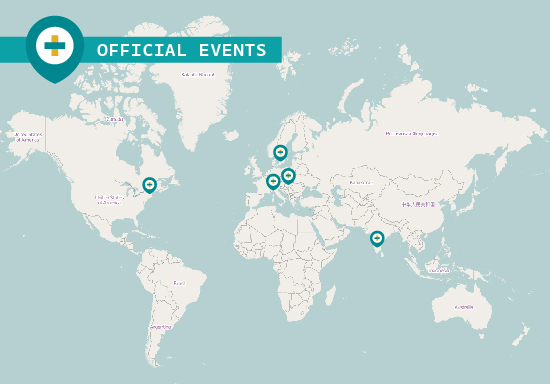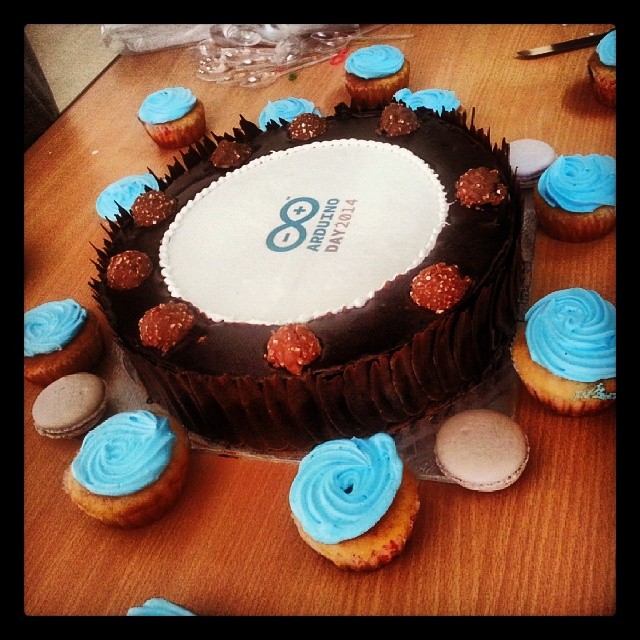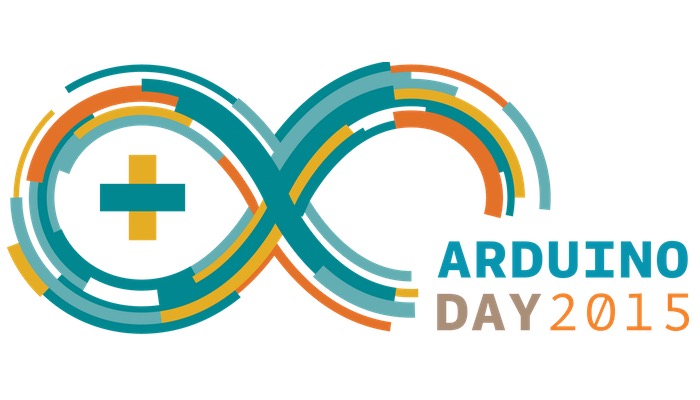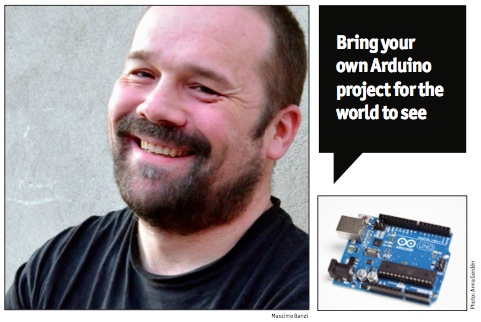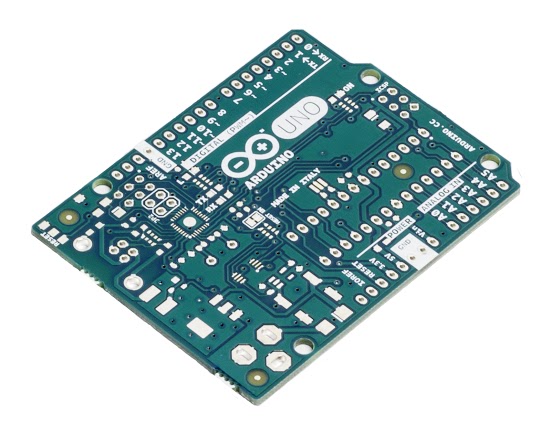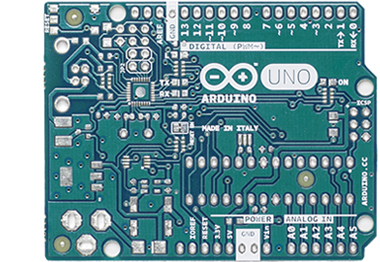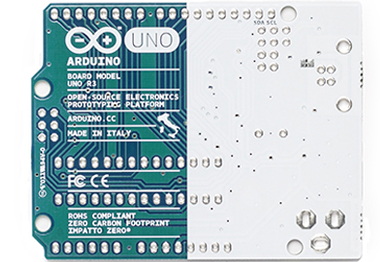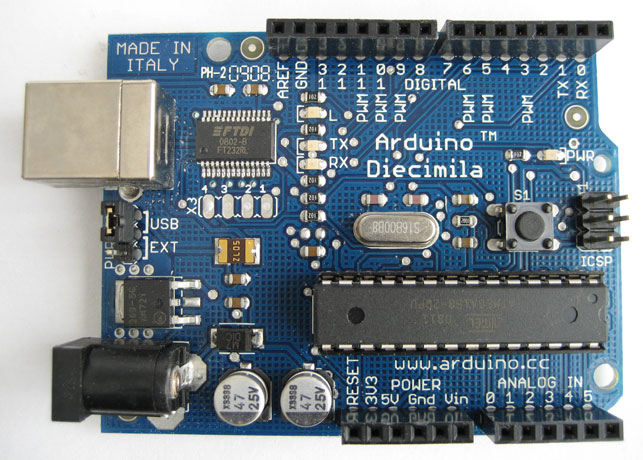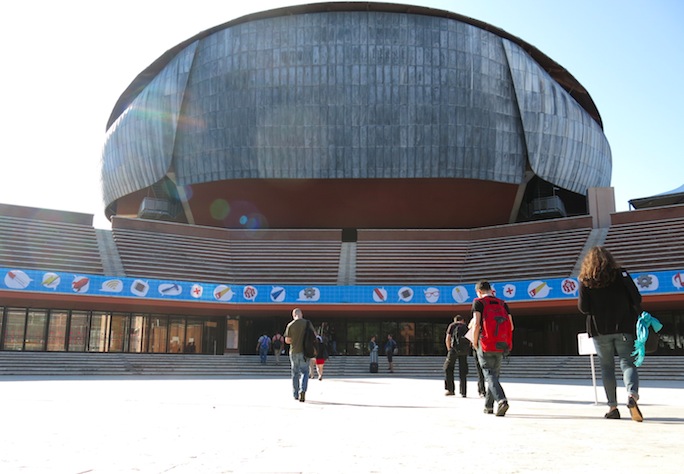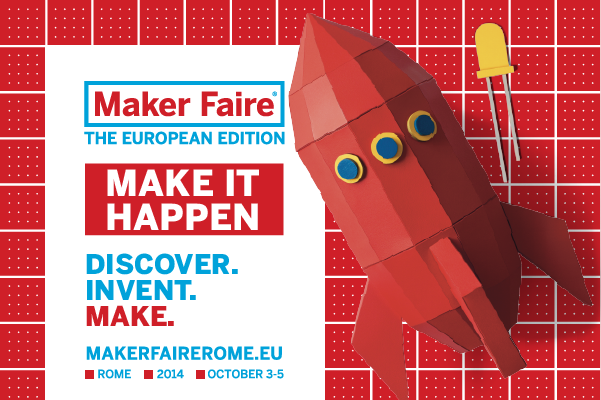
Last October at Maker Faire Rome, Massimo Banzi, Bruce Sterling and Lorenzo Romagnoli announced a new exciting project.
The project, called Casa Jasmina, is a real Apartment in Turin, hosted by Toolbox Coworking in a old industrial building already shared by Officine Arduino (the Italian Arduino headquarter), and Fablab Torino.
The apartment will serve as test bed for the latest development from the open source community. We will explore the boundaries in the field of open source connected home showcasing the best of open source furnitures, connected objects, and white goods hacks.
Shortly anyone will have the opportunity to experience living in a open source connected home, Casa Jasmina will be available for rent on Airbnb.
Do you want to collaborate with us or propose your ideas? Please check the partnership opportunities and get in touch! hashtag #CasaJasmina
Today we are launching the official online presence of the project and to celebrate the kickoff of Casa Jasmina website, we are happy to share Bruce Sterling thoughts on the project.
———————————–
A New Domestic Italian Landscape
A lot has already been said about the Internet of Things, so the time has come to attempt to live the dream.
As a science fiction writer and design critic, I’m all for speculation. However, the IoT is no longer a theory. It features genuine industrial consortia, proliferating standards, and exciting new capacities in sensors, data, and analytics. The Internet of Things is coming into the home, and that most definitely includes the Italian home.
So, how will that happen? It seems there are five basic approaches.
- THING CENTERED. In this model, every object has its own Internet connectivity and they all talk to each other independently. It’s like the old-school Internet, but with things instead of websites.
- GATEWAY CENTERED. There’s a home control box or a router which serves as a boss for all the anarchic things, enforces a standard on them, and protects them from security attacks.
- MOBILE CENTERED. The real action inside in the operating system of a powerful personal smartphone, which acts as the handheld remote-control for everything.
- CLOUD CENTERED. The household Internet of Things is run by offshored professionals who have advanced data analytics and can manage all domestic objects and services for a fee.
- INDUSTRIAL FOG. Everything is run locally, but with an urban, automated factory-style model that includes building management software and Smart City services.
What’s missing in these five models of the IoT? A user-centered model, a citizen-centered model, an open-source collaborative model. That’s the prospect that interests us at “Casa Jasmina,” the Torino Fab Lab / Toolbox Co-Working domestic lab in Torino, Italy.
This design approach is what we can contribute, from Torino, to this epic world struggle — and it is epic, and it is a world struggle of great consequence to us and everyone else.
The older, customer model, where twentieth-century consumers bought their dumb appliances from simple boxes and plugged them in, is becoming extinct. A new domestic landscape is becoming visible. We want to bring that to life with the values of “Make In Italy” — rapid invention, plenty of mistakes, and results that combine innovation with elegance.
My role in Casa Jasmina is that of curator. In the blizzard of new things that constitutes the Internet of Things, I have to figure out what belongs on the premises. Casa Jasmina an actual, functional apartment directly above the lasers, routers and 3DPrinters of the famous Torino Fab Lab. It will have guests in it; people will sit in the chairs, sleep in the beds. I will personally test every last “thing” that goes in there.
Our first piece of household furniture is already chosen: it’s “Pietro Micca,” our pet Roomba robotic vacuum cleaner. I chose this vacuum cleaner as our mascot, not because it’s “high tech,” but because the Roomba line is ten years old, well-established, a living reality of domestic home automation. “Pietro Micca” will be martyred, because we are going to hack him relentlessly, but he represents “normal life.” That’s what we want to see and display in Casa Jasmina — the “normal life” of about ten years from now.
Soon, as Casa Jasmina’s curator, I will be “accessing” many other objects and services. We are looking for sponsors, advisors, experimenters, and developers. Let me be quite specific. These are among the things we need.
- A terrace garden. This is an Italian home and we want living things to grow, flower, and thrive there.
- A study area including a bookshelf, effective task lighting, and cultural materials reflecting our Make in Italy values.
- Artworks including electronic art displays.
- A guide to Torino for our many foreign friends. How does an Internet-of-Things home properly display the city that surrounds it?
- A functional kitchen. Being Turinese, we naturally favor Slow Food that is good, clean and fair.
- Children’s toys and furniture. How does an Internet-of-Things home respond to small, innocent people who are not its power-users and don’t interact with its controls? Children are participants in home life and any proper home design takes their needs into account.
- Temperature control, water control, electricity monitors, building-management services.
- Household appliances.
- Party supplies. A congenial home of the future must stand ready to entertain!
Bruce Sterling


